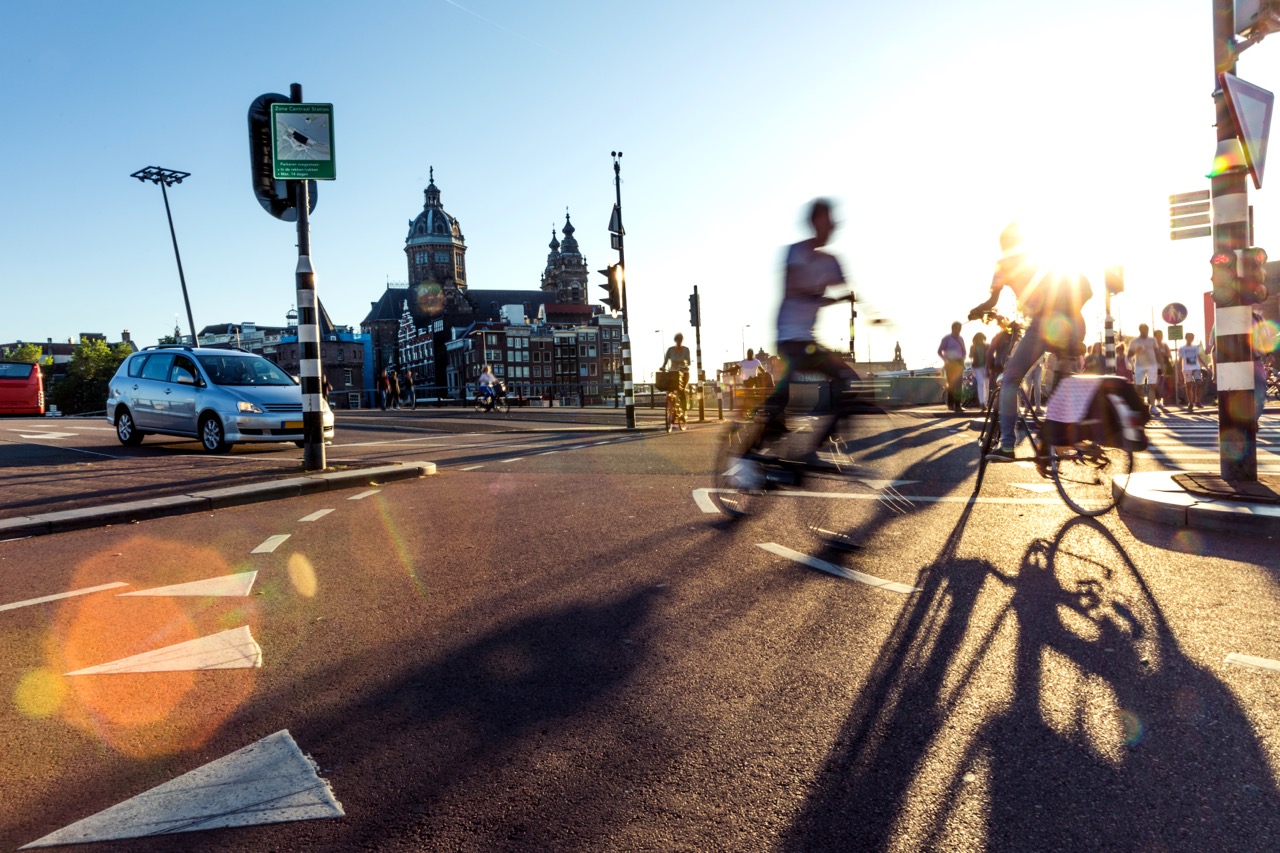Talking Traffic
Talking Traffic is a partnership in which public and private parties work together to unlock knowledge and data, then make it available to individual road users in real time via customized applications.
All over the world, and certainly in a small and densely populated country like the Netherlands, urbanization continues steadily and space is becoming an increasingly scarce commodity. At the same time, the use of mobile devices is increasing rapidly and the Internet of Things is booming. Together, this offers unprecedented opportunities for smarter organization of mobility and better use of limited space. Current technologies, including Talking Traffic, make it possible for people, devices and systems to communicate and share information with each other.







